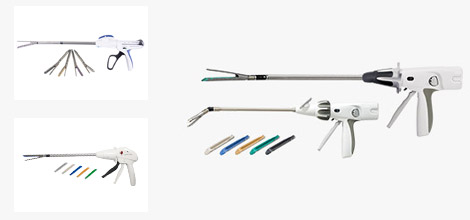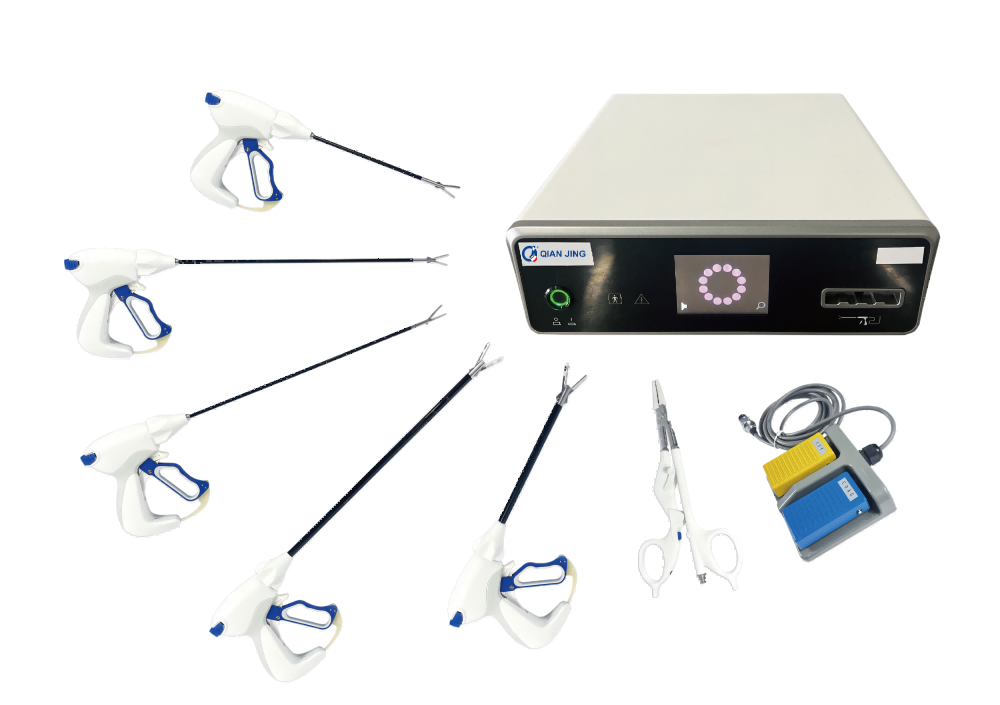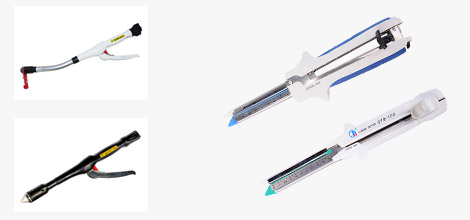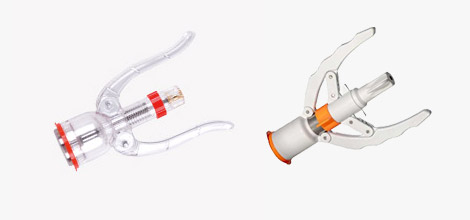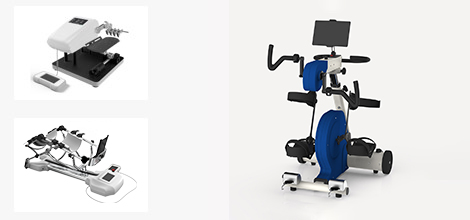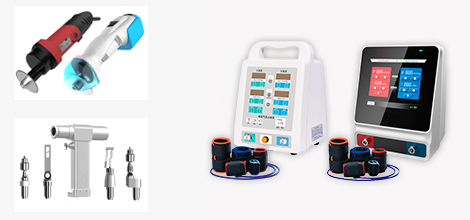Principles and advantages of using the Endoscopic Linear Cutter Stapler
2021/11/17| View:773
Endoscopic Linear Cutter Stapler is now widely used in anorectal surgery and has obvious advantages over manual anastomosis, such as:
(1) It can complete some anastomoses that are difficult to perform manually, and anastomoses of low rectal cancer.
(2) Shorten the operation time, reduce the trauma caused by prolonged operation and anesthesia, reduce the impact on heart, lung, liver, kidney and other organs, and increase the safety of the operation.
(3) High quality anastomosis, smooth and neat inner wall of the anastomosis, tight and reliable two rows of nails after anastomosis, better blood supply to the anastomosis, and lower anastomotic complications than the traditional double suture method.
(4) It is not only suitable for open surgery, but also can be applied to laparoscopic surgery.
Principles of Endoscopic Linear Cutter Stapler operation.
(1) Selection and use of a staple compartment that matches the tissue thickness.
(2) Effective precompression. Clamp closure and waiting 15s before instrument striking to remove tissue fluid to reduce tissue thickness, while allowing adequate protection of the mucosa and submucosa of the anastomotic tissue.
(3) Strike smoothly to ensure the stability of the instrument during the strike and prevent traction.
(4) When the anastomosis bleeds or oozes blood, energy device intervention should be used cautiously to prevent collateral damage.
(5) Preventive reinforcement. Observe the status of the anastomotic line after the strike, especially where the sutures overlap, and use sutures to reinforce the sutures in the full or pulpy muscle layer if necessary.
(1) It can complete some anastomoses that are difficult to perform manually, and anastomoses of low rectal cancer.
(2) Shorten the operation time, reduce the trauma caused by prolonged operation and anesthesia, reduce the impact on heart, lung, liver, kidney and other organs, and increase the safety of the operation.
(3) High quality anastomosis, smooth and neat inner wall of the anastomosis, tight and reliable two rows of nails after anastomosis, better blood supply to the anastomosis, and lower anastomotic complications than the traditional double suture method.
(4) It is not only suitable for open surgery, but also can be applied to laparoscopic surgery.
(5) The anastomotic material of the anastomosis is a metal nail with good histocompatibility and light inflammatory reaction caused by foreign body stimulation, which is conducive to anastomotic healing.
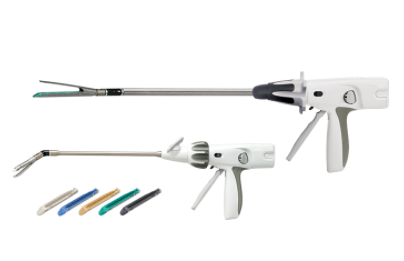
According to the thickness of the tissue and the caliber of the anastomosis, choosing the proper height of the nail compartment and the diameter of the anastomosis tube, being familiar with the tissue characteristics and the anastomosis principle, and grasping the key points of the anastomosis are essential for the success of the anastomosis. the Endoscopic Linear Cutter Stapler can be used for open or laparoscopic surgery.
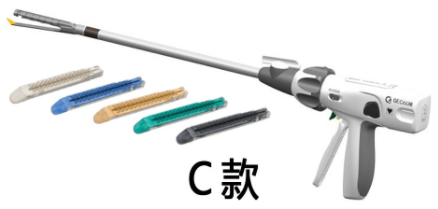
Principles of Endoscopic Linear Cutter Stapler operation.
(1) Selection and use of a staple compartment that matches the tissue thickness.
(2) Effective precompression. Clamp closure and waiting 15s before instrument striking to remove tissue fluid to reduce tissue thickness, while allowing adequate protection of the mucosa and submucosa of the anastomotic tissue.
(3) Strike smoothly to ensure the stability of the instrument during the strike and prevent traction.
(4) When the anastomosis bleeds or oozes blood, energy device intervention should be used cautiously to prevent collateral damage.
(5) Preventive reinforcement. Observe the status of the anastomotic line after the strike, especially where the sutures overlap, and use sutures to reinforce the sutures in the full or pulpy muscle layer if necessary.



 info@qjmed.com
info@qjmed.com